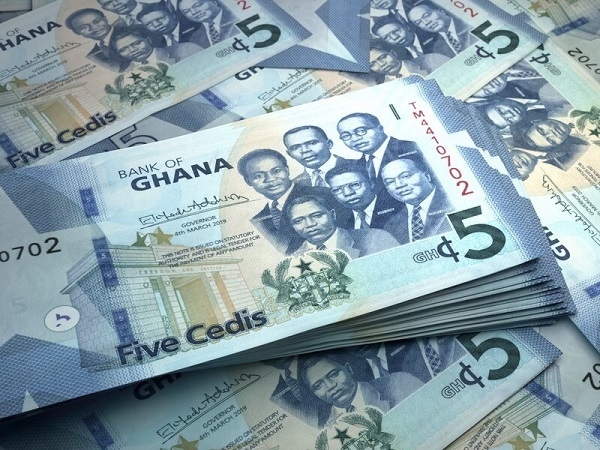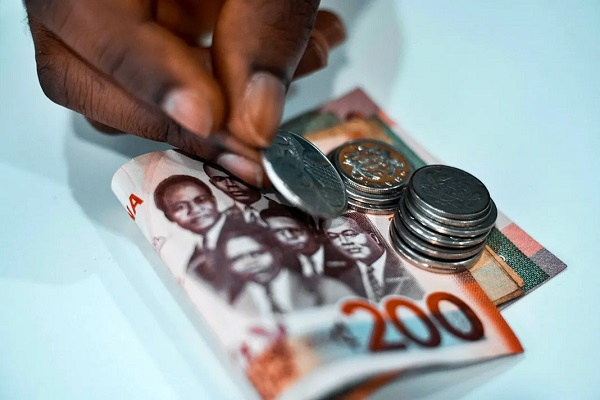Bank of Ghana keeps policy rate at 28%
The Governor of the Bank of Ghana, Dr Johnson Asiama, announced this during the 124th MPC press briefing in Accra on Friday, May 23.
Dr Asiama stated, among other things, that headline inflation has declined consecutively in the first four months of the year, driven by both food and non-food inflation.
Regarding the local currency, Dr Asiama said that the Cedi has rebounded strongly against the major trading currencies.
He attributed this to a tight monetary stance, ongoing fiscal consolidation, record reserve accumulation, and strict enforcement of the forex market rules.
“The external sector has continued to improve, with a record provisional current account surplus of US$2.1 billion in the first quarter of 2025, driven mainly by higher prices and increased production volumes of gold and cocoa, and strong remittance inflows. The current account surplus, together with net outflows in the capital and financial account, resulted in an overall Balance of Payments surplus of US$1.1 billion. The strong external performance resulted in significant reserve accumulation. Gross International Reserves (GIR) amounted to US$10.7 billion in April 2025, equivalent to 4.7 months of import of goods and services. Broadly, the external sector outlook remains favourable, largely anchored on expectations of increased gold and cocoa export receipts, as well as inflows from remittances.
“The cedi has rebounded strongly against the major trading currencies driven by a combination of factors, including tight monetary policy stance, ongoing fiscal consolidation, record reserve accumulation, strict enforcement of foreign exchange market rules, and improved market sentiment. In the year to May 21, 2025, the cedi had appreciated against all the major currencies – 24.1 percent against the US dollar, 16.2 percent against the British pound, and 14.1 percent against the euro.
“The latest forecast points to continued easing of inflationary pressures on the back of tight monetary policy stance, exchange rate stability, and fiscal consolidation. Inflation is expected to ease faster towards the medium-term target in the first quarter of 2026 as opposed to the second quarter as earlier envisaged, barring unanticipated shocks. Despite these positive developments, the Committee observed that the current level of inflation remains high relative to the medium-term target and will require maintaining the tight stance to reinforce the disinflation process. Under the circumstances, the Committee, by a unanimous decision, maintained the policy rate at 28 percent,” he said.
By signing up, you agree to our Terms of Use and acknowledge the data practices in our Privacy Policy. You may unsubscribe at any time.







